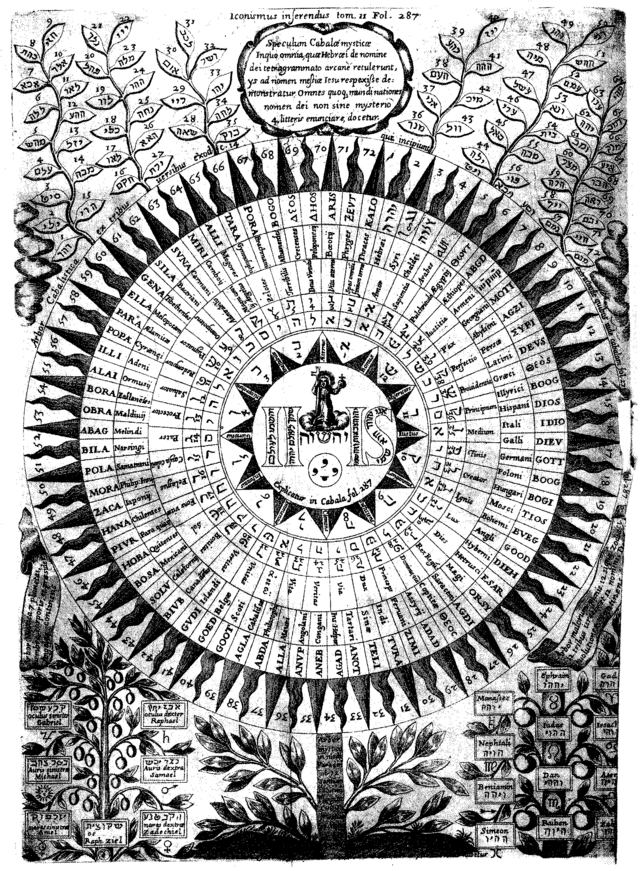"The Important Thing is, Not to Stop Questioning" – Albert Einstein
A series of videos connecting quantum
mechanics with humanity and religious belief.
more ...the Titus Flavius created Christianity to replace the Jewish Messianic movement that waged war against the Empire with a pacifistic, pro-Roman religion. Titus also designed the story line of Jesus' ministry in the New Testament as a satire of his military campaign through Judea so that posterity would learn that he had invented Christianity and recognize his genius. Though the New Testament had always been seen as a religious document it is actually a monument to the vanity of a Caesar."
http://www.egodeath.com/mithraism.htm
Mithraism was the
power-establishment version of the standard Hellenistic mystery-religion
core engine. Christianity was the contrarian counter-version of the standard
Hellenistic mystery- religion core engine.
When Jesus is declared to be the only savior, this is particularly meant to
exclude Mithra as savior. Mithra is the savior of the military
power-establishment and of the Rome-installed temple priests.
Regular "religious" thinking about Christianity is completely off- base in
the two main ways it can be (esoteric and exoteric). Esoterically,
Christianity must be treated as a genuine implementation of standard
Hellenistic mystery-religions. It really is a mystery-religion.
Exoterically, the story of Christianity must be read as a story about
liberation from the military power establishment.
The conventional exoteric telling of the Jesus storyline focuses on the
persecution of a sinless, peaceful, teacher of ethics by a handful of people
("the Jews" or "the Jewish priests") and his literalist supernatural power
to resurrect and justify people into heaven after bodily death. The "Jewish
high priests" were actually installed as puppets by the Roman power
establishment that used religion to oppresss people. The Jewish high priests
therefore *are* the Roman power establishment, and represent the
religion-abusing power establishment in general.
Constantine's genius was to co-opt the anti power-establishment religion and
turn it, or a version of it, into the official religion of the power
establishment
The object of religion should be to make humans do this...
Aristotle.."I have gained this by philosophy, that I do without being commanded, what others do only from fear of the law"
Notes on Religion
Mani
http://www.fourthcentury.com/PachomianMonastery/Monasterymap.htm
http://nostradamus.org/f/index.php?action=printpage;topic=149.0
The Holy Life of the Intellect
Precession,mithra,binary sun ((video))
Hinduism
http://zeitgeistmovie.com/transcript.htm
frontline political history of Jews
Mani
Unlocking the mystery of life,(evolution?)
Astrology and Judaism in Late Antiquity
http://www.whatthebleep.com/scientists/
http://www-etcsl.orient.ox.ac.uk/section4/tr40833.htm
Law and morality
Today we have an extensive legal framework to deal with everything from trash collection to the constitution of a marriage. It my belief that a community can exist without these laws, I believe its possible to replace laws with an understanding of the fundamental nature of humanity. Would someone steal when they are truly charitable? So what is needed is not laws but a society of morally mature individuals.

A "diagram" of the names of God in Athanasius Kircher's Oedipus Aegyptiacus (1652–54). The style and form are typical of the mystical tradition, as early theologians began to fuse emerging pre-Enlightenment concepts of classification and organization with religion and alchemy, to shape an artful and perhaps more conceptual view of God.

Tablet of bronze with enamel and silver
inlay of probable Roman origin and mimicking Egyptian style. It was used by the
17th century hermeticist Athanasius Kircher as the primary source for developing
his translations of Egyptian hieroglyphics; the hieroglyphics on the Tablet are
now known to be nonsense, and Kircher's translations spurious.[1][2] It was also
celebrated by later occultists including Eliphas Levi, William Wynn Westcott and
Manly P. Hall as a key to interpreting the "Book of Thoth" or Tarot, and Thomas
Taylor even claimed that this tablet formed the altar before which Plato stood
as he received initiation within a subterranean hall in the Great Pyramid of
Giza. The Tablet was named after Cardinal Bembo, a celebrated antiquarian who
acquired it after the 1527 sack of Rome.[2]



